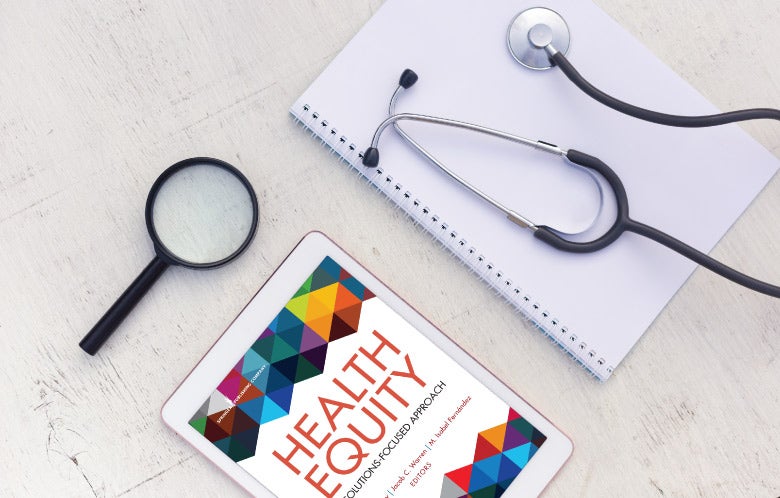The World Health Organization (WHO) defines maternal death as a death that occurs “from any cause related to or aggravated by pregnancy or its management (excluding accidental or incidental causes) during pregnancy and childbirth or within 42 days of termination of pregnancy.” Despite an overall decline in maternal mortality globally, the United States has seen a consistent increase in the maternal death rate over the past several decades. This raises urgent questions about the state of maternal health in one of the world’s most advanced healthcare systems.
According to internationally-comparable estimates of maternal mortality compiled by the United Nations Maternal Mortality Estimation Inter-Agency Group (MMEIG), the maternal death rate in the U.S. has increased from an estimated 12 deaths per 100,000 live births in 2000 to 17 deaths per 100,000 live births in 2023. Similarly, the National Center for Health Statistics (NCHS) reported a sharp rise in maternal mortality rate from 17.4 per 100,000 live births in 2018 to 32.9 per 100,000 live births in 2021, a likely result of the COVID-19 pandemic. While by 2023 the rate had decreased from its peak during the pandemic, this suggests a continuation of a troubling trend.
These statistics are worrying because maternal deaths are frequently attributed to preventable causes. Some of these causes are related to maternal age and general health. For example, as the median maternal age climbs in the United States, so does the risk of serious complications. Individuals aged 40 years or older have the highest risks of serious morbidity during hospital delivery and postpartum readmission, and more than 25 percent of pregnancy-related deaths occur in those older than age 35. Medical comorbidities such as diabetes, heart disease, obesity, and hypertension have also been on the rise, and each of these factors also contributes to pregnancy risks.
Age and medical comorbidities only give a partial picture of the risks associated with pregnancy in the U.S.
Unfortunately, system-wide barriers may play a significant role in maternal mortality. Inadequate access to reproductive health care for family planning, pregnancy termination, and prenatal care increases the prevalence of unintended pregnancies, unsafe abortions, and obstetrical complications. Delay or failure to refer patients with complicated or high-risk pregnancies to subspecialty care and/or tertiary care centers can increase the likelihood of severe maternal morbidity and mortality particularly among patients who obtain care from healthcare facilities that lack vital equipment, perform a relatively small number of deliveries, or have providers with limited obstetric experience or education.
Sociocultural factors compound these challenges. Disparities in access to care and in quality of service may increase the risk of pregnancy-related complications, including severe maternal morbidity and maternal mortality. A population-based cohort study published in JAMA reported that the estimated number of maternal deaths per 100,000 live births in 2019 were 69.3 among American Indian and Alaska Native persons and 67.6 among Black persons, compared to 27.9 among White persons in the United States.
Institutional and clinical practices also strongly influence pregnancy-related outcomes. One notable example is the rate of cesarean birth, which increased by more than 10 percent between 1996 and 2021 (from 20.7% to 32.1%). Although it is usually only performed when medically necessary, cesarean birth is associated with greater risks than vaginal delivery including hemorrhage, infection, thromboembolism, and complications for subsequent pregnancies. The rates of cesarean birth are higher among Black, Asian, and Hispanic persons in the United States compared to White persons. This difference could be a contributing factor to racial disparities in maternal morbidity and mortality and may reflect lower quality and/or access to healthcare before delivery.
What can we do to reduce maternal mortality?
Many organizations, such as the Alliance for Innovation on Maternal Health (AIM), the American Hospital Association (AHA), and others, are dedicated to reducing maternal mortality. These organizations represent concerted efforts to standardize maternal healthcare, with the goal of reducing the likelihood of inconsistent and incorrect care. Standardizing protocols for managing obstetric emergencies such as postpartum hemorrhage, sepsis, and hypertension can drastically improve outcomes. Additionally, the American College of Obstetricians and Gynecologists (ACOG) recommends strategies for addressing disparities in obstetrics and gynecology. These include educating staff about community-based resources for persons with limited access to healthcare, working with local health authorities to reduce disparities in environmental exposures, promoting health literacy and women's health services, and advocating for local, state, and national policies to improve healthcare and reduce disparities. WHO has provided recommendations for establishing protocols and policies aimed at reducing unnecessary cesarean rates, to lower associated risks.
Reducing pregnancy-related mortality in the U.S. will require a comprehensive approach to improve access to quality care, address social determinants of health, and strengthen healthcare systems overall. We can do our part to reduce maternal morbidity and mortality by adopting evidence-based practices of labor and delivery management, addressing facility-related causes of preventable maternal mortality, and optimizing postpartum care.



